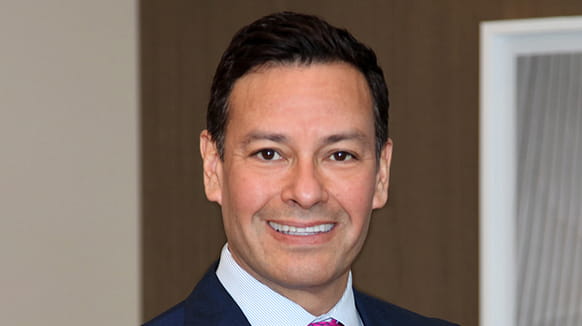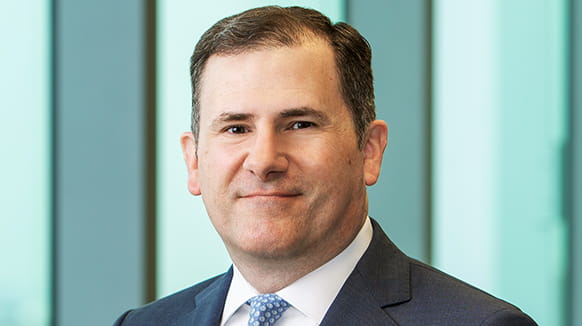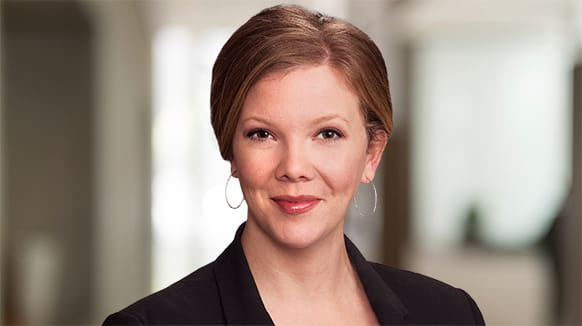In most financing transactions, particularly project finance transactions, lenders seek to obtain security over all of a borrower’s assets. One crucial asset that sometimes does not get sufficient attention is insurance proceeds. Lenders are accustomed to ensuring access to the borrower’s insurance coverage through “additional insured” or “loss payee” provisions. In theory, if there is an “occurrence” or event resulting in physical loss or damage to the borrower’s property or even ensuing business interruption losses, the lender, as “additional insured” or “loss payee,” is independently entitled to recover the value of the damaged property or lost profits directly from the insurer as a party to the applicable policy—even if the insured is in bankruptcy. In practice, this strategy usually works well. After all, the overriding legal rule dictates that policies and their proceeds are only the property of the bankruptcy estate if the borrower is the beneficiary of such proceeds under the relevant policy. Proceeds payable to an “additional insured” lender or “loss payee” are not property of the estate, particularly when the loss occurs pre-petition.
Yet, in some recent cases, lenders have been denied post-bankruptcy recovery of the proceeds of a debtor’s policy, even if the lender is a named insured, additional insured or other designee.1 Many, but not all, of these cases have been decided in the context of post-petition casualty losses.2 Given the uncertainty created by these outcomes, it is important to recognize what lenders can do to preserve access to insurance proceeds when collateral is lost or damaged.
As a preliminary matter, to the extent many decisions focus on the dual status of creditor and lender as claimants under the policy in finding proceeds to be property of the estate, where possible, lenders should not only be granted “additional insured” status but also be made the sole “loss payee.” Lenders may also negotiate specific contractual terms (beyond the requisite designation of “additional insured” or “loss payee” status) giving them priority to insurance proceeds in bankruptcy.3 Alternatively, some courts have recognized that a perfected security interest in collateral will automatically become a perfected security interest in the proceeds of insurance for the loss of such collateral.4 Nonetheless, even a perfected security interest in the collateral and loss payee status for some lenders has been found to be insufficient to avoid an award of casualty insurance proceeds to the debtor estate.5
Lenders cannot be assured of complete protection unless the inconsistencies in current legal authorities are resolved and a coherent consensus rule among courts emerges. Until then, access to insurance proceeds in bankruptcy may be maximized by (1) obtaining and confirming sole “loss payee” status for the lender under the debtor’s property and casualty policies; (2) contracting with the debtor for express waivers of insurance proceeds covering loss or damage to insured collateral (or business interruption, if appropriate); and (3) perfecting security interests in insured collateral as well as payments from an insurer for loss or damage to secured collateral.
If you have questions about the recovery of insurance proceeds in bankruptcy, please contact one of the Haynes Boone partners listed below.
____________________
1 See In re Hereford Biofuels, L.P., 466 B.R. 841, 855 (Bankr. N.D. Tex. 2012) (denying claims by a parent/investor in bankrupt debtor under a builders’ risk policy insuring debtor: “[I]t really does not matter whether Big Panda was a named insured or a co-insured beneficiary on the Builder’s Risk Policy or not. The proceeds on any claim adjusted on the policy would have properly gone to the Debtor as the property owner.”); In re Asay, 184 B.R. 265, 269 (Bankr. N.D. Tex. 1995) (reasoning by distinction that “[w]here the loss occurs pre-petition, depending on applicable state law, it could be contended that a debtor has no interest in the insurance proceeds as of the commencement of the case since, arguably, the mortgagee rights vest prior to bankruptcy”).
2 Compare, e.g., In re Fehrer, 202 B.R. 966 (Bankr. S.D. Ill. 1996) (holding that proceeds of an auto policy for post-petition destruction of a vehicle constitute property of the bankruptcy estate and noting that the lender was “neither a primary nor the sole beneficiary of the proceeds” under the insurance policy) with In the Matter of Hawkeye Chem. Co., 71 B.R. 315 (Bankr. S.D. Iowa 1987).
3 See, e.g., In re Jones, 179 B.R. 450, 455 (Bankr. E.D. Pa. 1995) (“[E]ven though the hazard insurance proceeds in issue are property of the debtor’s estate, the debtor’s estate holds that property interest subject to the contractual, state laws rights which the mortgagee holds in the proceeds. Therefore, the parties’ rights to the proceeds must be ascertained by reference to the parties’ contractual rights pursuant to the interpretation of the pertinent contractual provisions under applicable state law.”). The contractual language at issue in Jones specifically provided for sole loss payee status in favor of Mortgagee and that “[t]he insurance proceeds, or any part hereof, may be applied by Mortgagee at its option either to the reduction of the indebtedness or to the restoration or repair of the property damaged.”
4 See, e.g., In re Tower Air, Inc., 397 F. 3d 191, 196 (3rd Cir. 2005) (stating the “default rule” that “a security interest in property includes an interest in the proceeds of that property” and holding that insurance recoveries for casualty loss constitute “proceeds” under Arizona’s UCC); In re Turnbull, 350 B.R. 429, 433 (N.D. Ill. 2006) (“Insurance proceeds that flow from the destruction of the creditor’s security interest serve as a replacement of that collateral in a different form,” but “[t]he other unsecured creditors of the Debtors, who had no interest in the Vehicle, were not entitled to share in the insurance proceeds”); In re McLean Indus., Inc., 132 B.R. 271, 283 (Bank. S.D.N.Y. 1991).
5 See, e.g., Wheeling & Lake Erie Railway Co. v. Keach, 521 B.R. 703, 713 (1st Cir. BAP 2014) (“[W]e conclude that the bankruptcy court correctly determined that Maine UCC § 9-1109 excluded the Settlement Payment from the scope of the UCC for perfection purposes, such that Wheeling’s filing of a financing statement did not perfect its security interest in the Settlement Payment.”); In re Holtslander, 507 B.R. 779, 784–85 (Bank. N.D.N.Y. 2014) (following the “substitution” approach followed in the Second Circuit, whereby “the insurance payment for [post-petition] repairs to an automobile that is property of the estate unquestionably is also property of the estate.”).





